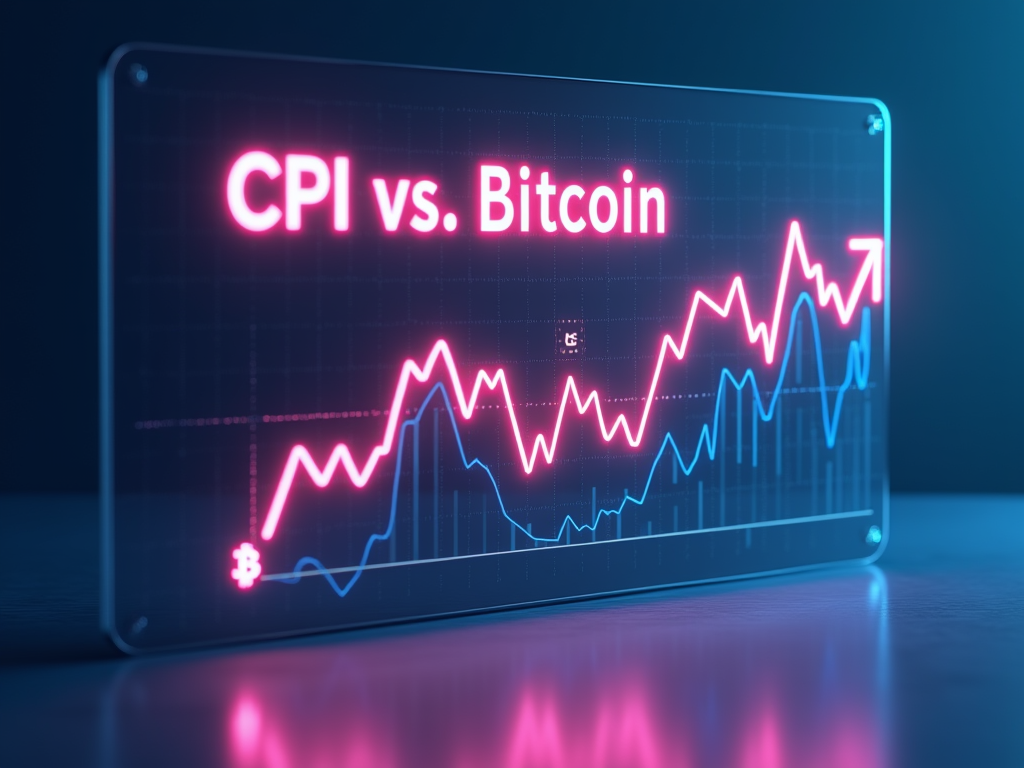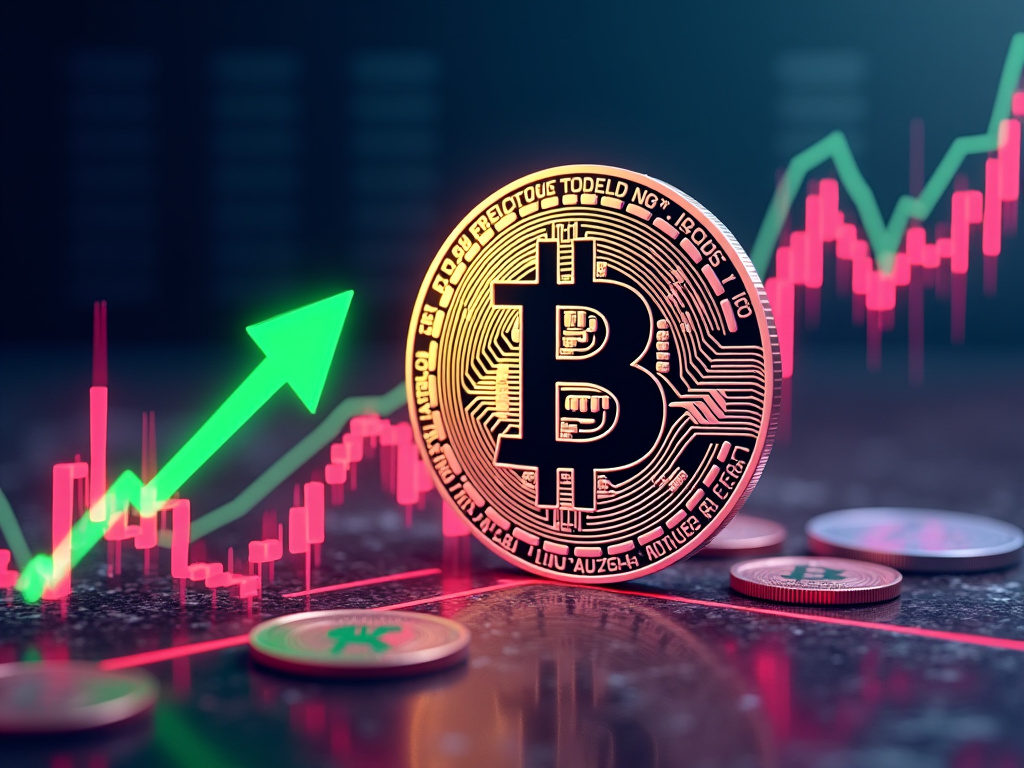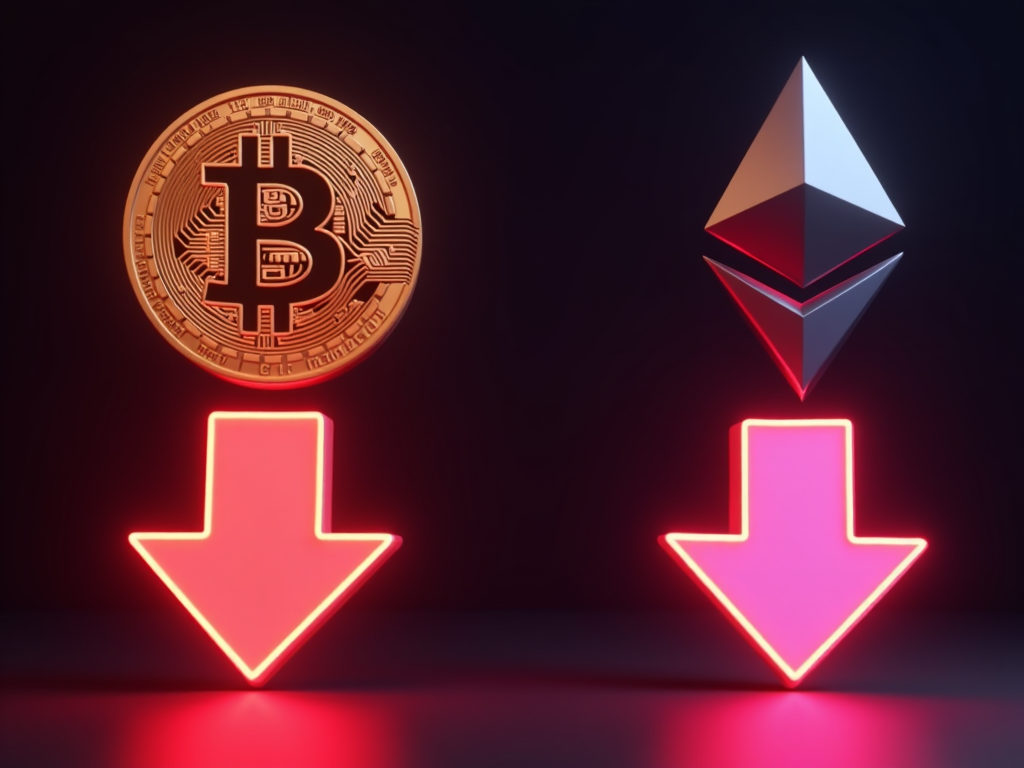In the dynamic world of finance, cryptocurrencies stand as a transformative force, challenging conventional notions of value and investment. As digital assets increasingly integrate into mainstream financial systems, their relationship with key macroeconomic indicators—particularly the U.S. Consumer Price Index (CPI)—has become a focal point for investors, policymakers, and financial analysts. This article explores the intricate interplay between CPI data and the cryptocurrency market, offering crucial insights for navigating this complex financial landscape.
The CPI: America’s Inflation Barometer
The Consumer Price Index serves as the nation’s primary gauge of inflation, tracking price changes in a carefully selected basket of goods and services. As of July 2024, the annual inflation rate in the U.S. has slowed to 2.9%, marking the lowest level since 2021. This decrease was driven by a modest monthly increase of 0.2% in the CPI, influenced primarily by rising shelter costs, which accounted for 90% of the total inflation increase. Food prices saw a slight rise of 0.2%, while energy costs remained stable.
Its implications ripple through the economy, influencing everything from monetary policy decisions to investment strategies across various asset classes—cryptocurrencies included.
Cryptocurrency: A New Asset Class Defined by Volatility
The rise of cryptocurrencies has introduced a novel asset class to the global financial ecosystem. Characterized by decentralization, digital nature, and often dramatic price swings, cryptocurrencies like Bitcoin and Ethereum have captured the imagination of investors worldwide. The market capitalization of these digital assets is shaped by a complex interplay of factors, ranging from technological breakthroughs and regulatory shifts to macroeconomic trends and shifting investor sentiment.
Unraveling the CPI-Crypto Connection
The relationship between U.S. CPI data and cryptocurrency markets reveals several key dynamics:
- The Digital Gold Rush: Historically, in times of rising inflation, cryptocurrencies—especially Bitcoin—have attracted investors seeking a hedge against diminishing purchasing power. However, with the recent decline in the inflation rate to 2.9%, the appeal of cryptocurrencies as an inflation hedge might diminish. Investors may seek more traditional assets if they perceive less risk of purchasing power erosion.
- Sentiment Swings and Market Volatility: CPI releases continue to act as catalysts for shifts in market sentiment. The recent lower inflation data could lead to increased confidence in traditional financial markets, potentially reducing volatility in the cryptocurrency market. However, unexpected shifts in CPI data can still trigger market turbulence.
- The Correlation Conundrum: Recent studies have highlighted an evolving correlation between cryptocurrencies and traditional equity markets, particularly around significant macroeconomic announcements like CPI releases. This emerging pattern suggests that digital assets are becoming increasingly sensitive to broader economic indicators, challenging the notion of cryptocurrencies as entirely uncorrelated assets.
- Monetary Policy Implications: The Federal Reserve may consider easing monetary policy due to the reduced inflationary pressures, which could influence investor sentiment and liquidity in the crypto markets. A potential rate cut might lead to increased interest in cryptocurrencies as investors seek higher returns.
Empirical Insights: What the Data Tells Us
Research into the interplay between macroeconomic variables and cryptocurrency markets has yielded fascinating insights:
- Volatility’s Unique Fingerprint: While cryptocurrencies may react to CPI announcements, their volatility patterns often diverge from traditional assets, underscoring the unique nature of digital currency markets.
- The Bitcoin-Stock Market Nexus: Intriguingly, some studies suggest an inverse relationship between Bitcoin prices and U.S. stock market volatility. This dynamic hints at the potential for cryptocurrencies to influence broader market stability, adding another layer of complexity to their role in the financial ecosystem.
- The Information Appetite: The demand for cryptocurrency-related information and media coverage can significantly amplify market volatility. High levels of investor attention can exacerbate price fluctuations, especially in the wake of impactful macroeconomic announcements like CPI releases.
Navigating the New Normal: Implications for Stakeholders
The evolving relationship between CPI data and cryptocurrency markets presents both challenges and opportunities:
- For investors, integrating CPI analysis into cryptocurrency investment strategies has become increasingly crucial. Understanding the potential ripple effects of inflation data on digital asset prices can inform more nuanced decision-making.
- Risk management in the crypto space demands heightened vigilance. The potential for significant price swings following CPI announcements necessitates robust risk mitigation strategies.
- Policymakers face the complex task of monitoring cryptocurrency markets’ growing influence on economic stability. As digital assets become more deeply woven into the financial fabric, thoughtful regulation and oversight are paramount.
Looking Ahead: The Evolving Crypto-Economic Landscape
As cryptocurrencies continue to mature and inflation trends align closer to the Federal Reserve’s target, the relationship between digital assets and macroeconomic indicators like the CPI continues to evolve in complex ways.
Recent data has begun to challenge some longstanding assumptions about this relationship. While cryptocurrencies, particularly Bitcoin, have often been viewed as a hedge against inflation, the attractiveness of this feature may fluctuate with changing inflation rates. As we’ve seen with recent lower inflation figures, investors might pivot towards more traditional assets when inflationary pressures ease. This holds especially true considering the volatile nature of cryptocurrencies.
The impact of CPI announcements on market sentiment extends beyond immediate price reactions. Lower inflation can boost confidence in traditional markets, potentially affecting the relative appeal of cryptocurrencies. This dynamic underscores the increasing interconnectedness of crypto and traditional financial markets, especially around significant economic data releases.
Moreover, the Federal Reserve’s monetary policy responses to CPI changes have far-reaching effects. Adjustments in interest rates or other policy tools can significantly influence liquidity and investor interest in crypto markets. This interplay further cements the role of cryptocurrencies as an integral part of the broader financial ecosystem, subject to many of the same macroeconomic forces as traditional assets.
For investors, analysts, and policymakers, these evolving dynamics present both challenges and opportunities. The need for nuanced, data-driven approaches to cryptocurrency investment and regulation has never been greater. Those who can adapt to this changing landscape, leveraging insights from both traditional economic indicators and crypto-specific metrics, will be best positioned to navigate the future of digital finance.
As we move forward, the crypto-CPI connection will undoubtedly remain a rich field for ongoing research and analysis. It will be fascinating to observe how this relationship continues to shape investment strategies, risk management practices, and regulatory approaches in the years to come.
In this era of rapid financial innovation and changing economic landscapes, one thing remains clear: understanding the intricate dance between U.S. CPI and cryptocurrency markets is crucial for anyone looking to thrive in the digital asset economy of the future.












